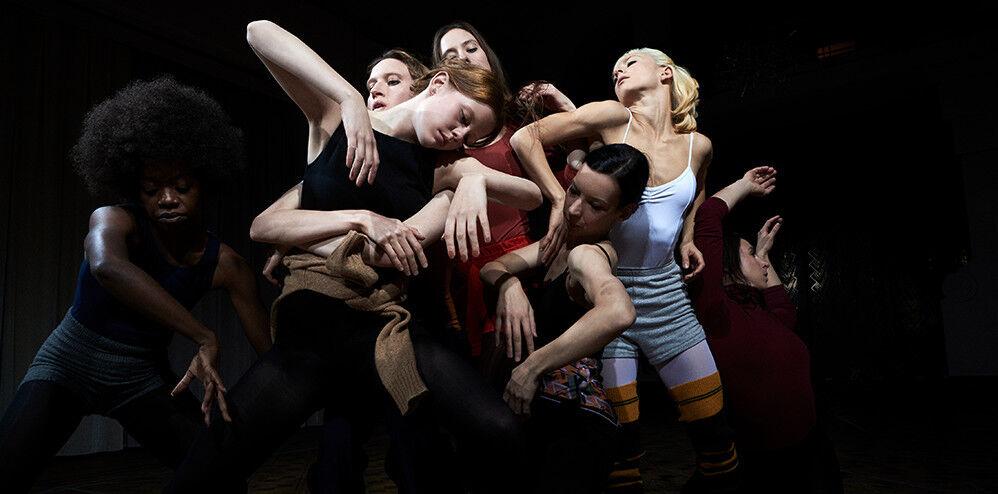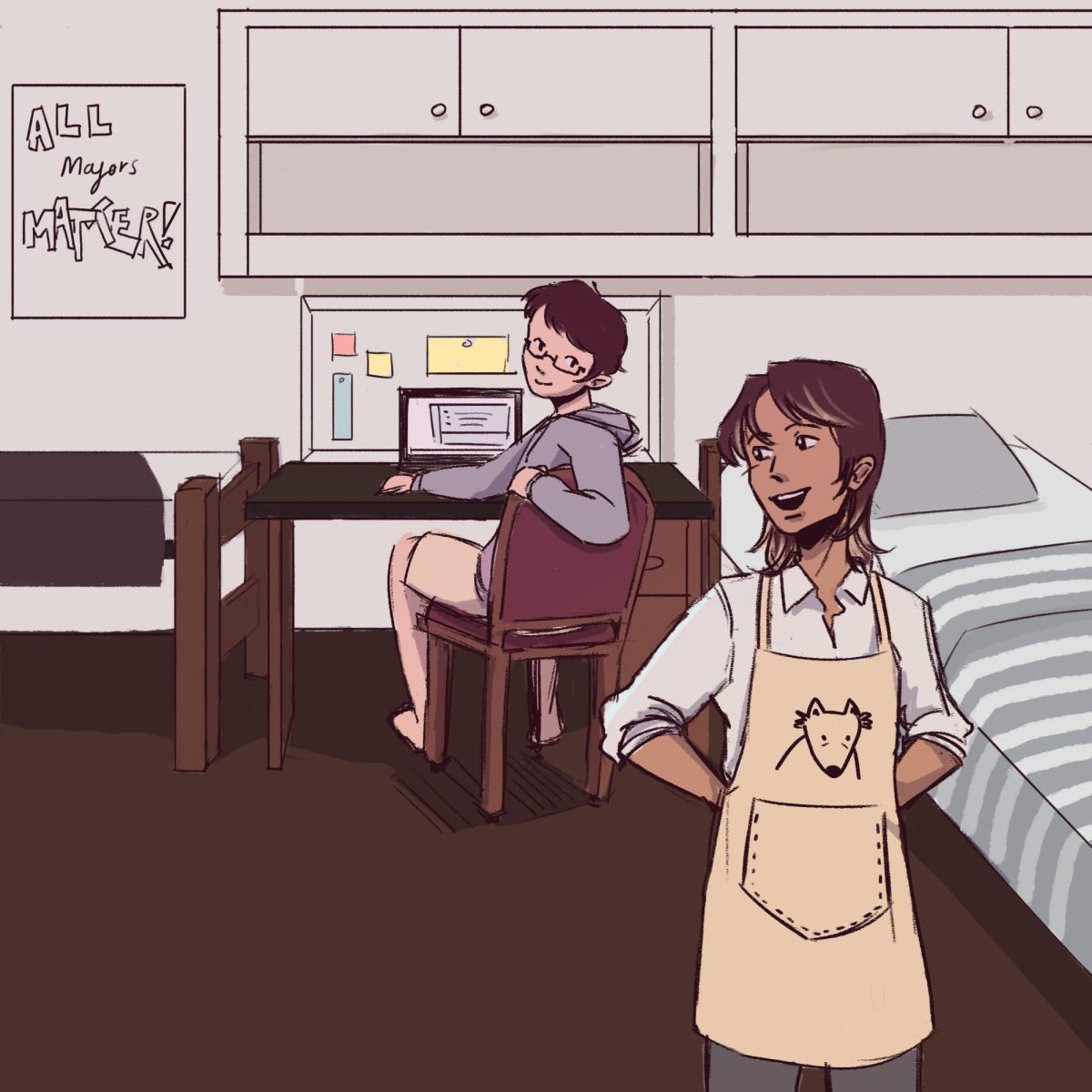New Horror Canon: In honor of the month of October, film critic Joseph Ornelas looks at the most significant and influential horror films of the past ten years.
The horror genre has long been maligned for its disposable treatment of women. The victims in the slashers of the early 1970s and 1980s were typically young, attractive teenage girls who were often caught in the act of fornicating. As a result, many critics caught on to this trope and deemed the genre sexist, claiming these films were trying to punish women for expressing their sexuality in a healthy and normal way. It isn’t difficult to see how this perception came about, as there are countless examples of young girls being brutally killed off mid-coitus, usually after they have been sufficiently sexualized for the benefit of a dominantly male audience. The original “Suspiria,” directed by Dario Argento and released in 1977, is a prime example of this trend.
However, 2018’s remake of the horror classic turns these tropes on their heads, instead opting to harness the feminine as the main source of power and control. There is a greater emphasis on the matriarchal hierarchy of the coven of witches in Luca Guadagnino’s “Suspiria,” and the protagonist, Susie, played by Dakota Johnson, is not simple or clueless, but instead a confident loner whose past is darkly mysterious.
Susie has recently been accepted to a prestigious dance academy in Berlin during the Cold War. She quickly establishes herself as one of the most talented and devoted students, and climbs the ranks until she is appointed lead. She catches the attention of the headmaster Madame Blanc, played by Tilda Swinton. Madame Blanc is as frigid as the rain that ceaselessly pounds on the roof and windows of the academy, although she begins to form a personal and even maternal relationship with her new protégé.
Susie has scars of abuse, both visible and psychological. One particularly poignant scene sees her mother punishing her for masturbating as a young girl by holding a hot, searing iron to her hand. Susie’s entire journey is not so much about exacting some kind of revenge, but instead about self-actualizing and metaphorically killing her mother, or rather putting to bed what puts her in a submissive role.
The academy can be seen as a refuge from the riots and political strife which dominate Berlin and are inescapable outside of the school. Here, these girls are not put into roles of homemakers or nurturers, but instead as artists who are free to express themselves, violently if necessary. In one of the first scenes when Susie arrives, she inquires about the lodging situation, to which one of the superiors responds that they don’t charge for lodging, as they know the importance and value of a woman’s financial independence.
The visuals are always in service to the story and themes, which are clear yet complex. The score is breathtakingly beautiful and minimalistic, courtesy of Thom Yorke of Radiohead. The subtlety of “Suspiria” and the way it fleshes out its characters and themes make it a superior film to the original, which is a technicolor nightmare often devoid of humanity. “Suspiria” further raises the bar for the horror genre, making it one of the most memorable films of the 2010s.
New Horror Canon: ‘Suspiria’ (2018)
October 16, 2020
Photo by Creative Commons
The thriller movie “Suspiria” was released in theaters on Nov. 2, 2018.
0
Donate to The Battalion
$810
$3500
Contributed
Our Goal
Your donation will support the student journalists of Texas A&M University - College Station. Your contribution will allow us to purchase equipment and cover our annual website hosting costs, in addition to paying freelance staffers for their work, travel costs for coverage and more!
More to Discover
















